Free Tropical Runtz seeds on orders over $150!
Because of its very small size, a microbe cannot be seen without a microscope. When cannabis is grown organically, various helpful microorganisms are introduced into the growth medium at multiple stages. This article will discuss the many kinds, their functions, and how they influence the soil food web and nutrient intake during a cannabis plant’s life cycle.
These fungi create a symbiotic relationship with the cannabis plant by attaching to its roots. After establishing a symbiotic connection, the root mass may increase by as much as 700%. An excellent analogy is a way your hair keeps your head dry. The strands the fungus produces effectively extend their reach into tighter spaces, where they can locate and extract cannabis nutrients more quickly.
Powdered spores of mycorrhizal fungi are sold by the number of their propagules per gram (prop/g). Avoid companies that combine ecto- and endo-mycorrhizal to increase the perceived weight of their product; ectomycorrhizal is useless for cannabis plants.
You may have heard of yogurt drinks designed to increase beneficial gut bacteria, but you might not know that the same bacteria can be found in agricultural settings. Bacillus Subtillus is the most frequent of numerous forms of helpful bacteria used in composting.
Using EM (effect microorganisms) is a great technique to get rid of odors in your garden or compost pile and may speed up the decomposition process by as much as 30 percent. Mycorrhizal fungi, probiotics, and Trichoderma are often packaged and combined as root-boosting powders.
A potent microorganism and aggressive fungicide, Trichoderma is a bacterium. Trichoderma can eliminate any fungi, bacteria, or viruses from the soil. Once they have surrounded the root zone, they will also connect to the Cannabis plant’s roots; however, their function is distinct from that of endo-mycorrhizal fungi. Growers may use Trichoderma to prevent and treat root rot (brown roots) and damping off in seedlings and clones.
It’s worth the extra effort to take care of your soil and introduce the correct microbes since the rewards are substantial.
NPK and other essential nutrients may be abundant in the soil, but cannabis may have trouble absorbing them since the microbes must first digest them before the plant can use them. The microorganisms that live in and around the cannabis plant’s roots are responsible for breaking down the plant’s vital nutrients into smaller, more absorbable bits and producing other components like iron. Nitrification, performed by bacteria like Azotobacter vinelandii and Rhizobia, converts ammonia to nitrites, a type of nitrogen (N) that plants may more easily absorb via their roots.
Because some organisms may create an extensive network that links to the roots, they can boost the root’s capacity to absorb water and nutrients. It is because they are connected to the extended network. The fungus Glomus intraradices, for instance, is responsible for constructing this kind of network, which enables your plant to have access to water and nutrients without waiting for the roots to grow to those locations, which also serves to insulate the plant from environmental stresses.
While your plant needs nutrients to thrive, too much of a good thing will stunt its development. Bacillus streptomyces is one bacterium that can degrade hazardous pesticides and other residues and eliminate extra nutrients, which helps keep plants from being overfed.
Because of the mutually beneficial interaction between your plants and the microbes, the latter will actively help you fight off any pests that may threaten your garden. For instance, the last thing you want is a russet mite invading your cannabis.
For a system to be considered “organic,” it must have root interactions with beneficial microbes, including endo-mycorrhizal fungi, Trichoderma, and bacteria. It is where the soil food web comes in since it is responsible for recycling nutrients back to the plants at all times. It may take some time for a bare plot of ground to become a thriving garden, but the transformation is irreversible once that symbiotic relationship is established.
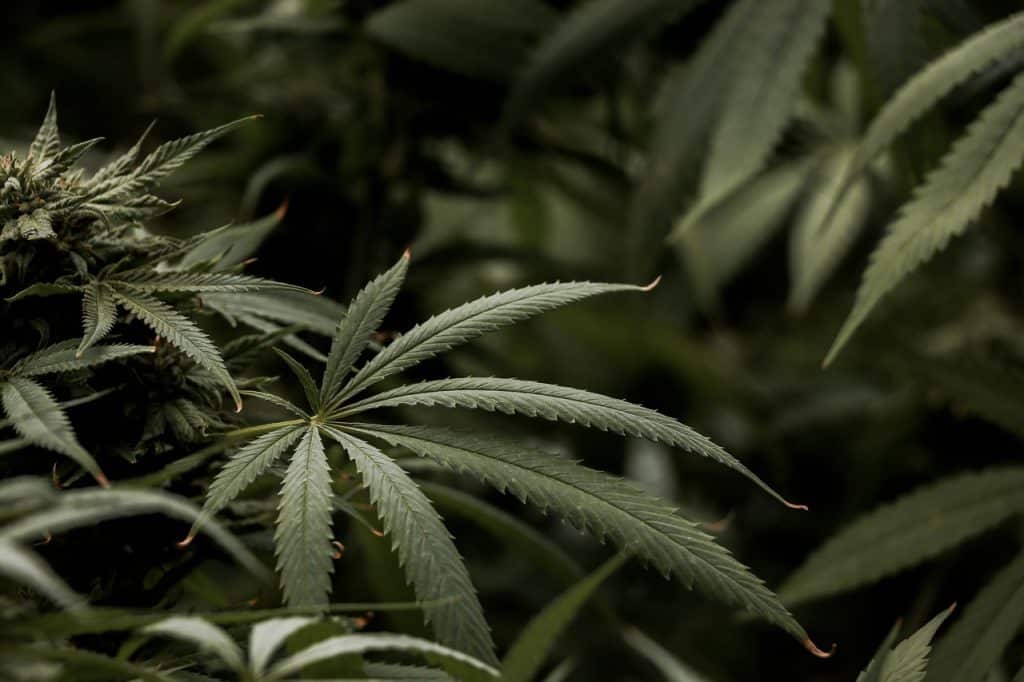
Providing a carbon-rich diet is an effective way to sustain the health of beneficial bacteria and fungi. All organic materials that decompose over time are included in this definition. It may be accomplished in one of two ways: with solid food like garden waste and food waste or using a liquid form like molasses or glossy humic acid.
Organic compost teas are a great tool to maintain the soil food web regularly infected with billions of bacteria and fungi. Adding a top dressing of worm castings, compost, or brown yard waste is another excellent method of reintroducing organic matter to the decomposition process at a moderate and steady pace. Primary nutrients and trace elements are released into the soil as compost decomposes, making them accessible to plants when needed.
You may have noticed that molasses is a common ingredient in the organic labelled nutrition bottles sold at most grow shops and garden stores. Unsulphured blackstrap molasses, predominantly sugar-based and abundant in macronutrients, will make up those thick, heavy, and glittering black nutrients that frequently have a sweet but nasty odor.
Bacteria are tiny organisms that break down minerals so plants’ roots can readily absorb them and draw atmospheric nutrients to the soil. On the other hand, they also create a certain stimulus for plant roots and shield the plant and its roots from numerous insects and microorganisms, including harmful nematodes.
To protect your cannabis plants from disease, you should know the good and harmful fungi and bacteria that may be found in the soil. Preventative medications are highly recommended since cannabis plants are always at risk of fungal or bacterial infections.
It’s common knowledge that some forms of fungus, particularly those that attack cannabis plants at their roots, may cause significant harm to the crop. The genetic basis of cannabis and the abundance of preventative and combative treatments on the market make bacterial infections in cannabis plants rather straightforward. We’ll look deeper at the numerous destructive bacteria that might infect your plants.
Few bacteria will be discussed, although they include tens of thousands of subspecies.
First, remember that bacteria are everywhere, including the air, water, and even your skin, but you can’t see them with the naked eye, so you won’t know if your plants are infected until they show symptoms. Bacteria may manifest in various ways on plants, including staining, rotting, unpleasant odors, and even strange growths on the trunk. We’ll list a handful of the most typical signs and symptoms.
Although it may seem daunting to novice gardeners, incorporating helpful microbes into your plot is fairly simple. Several easy and efficient methods exist to supply organic nutrients to your garden, like purchasing them from a grow store, composting at home, or making your own KNF. If you want to maintain healthy cannabis seedlings, helpful bacteria must be used.
Utilizing beneficial microbes provides many advantages, including protection against pathogens and diseases, improvement of the root zone, increased nutrient absorption and availability, and acceleration of composting processes. It is possible to boost yields, plant health may be improved, the finished product tastes much cleaner, and there is no need to worry about brown roots. These are some of the advantages that are linked with cannabis plants.
Consider inoculating your growth medium with helpful bacteria and fungus if you are an organic gardener looking to take your love and enthusiasm for the plant to the next level.

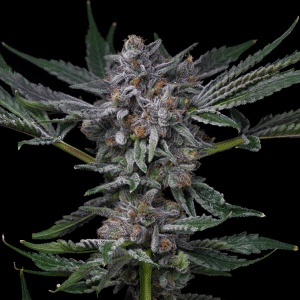
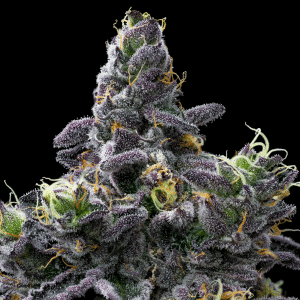
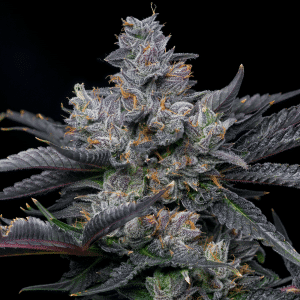
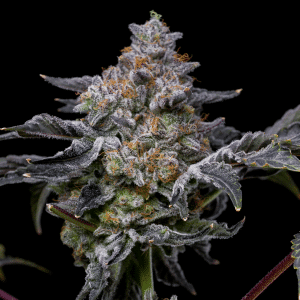
Offers
This product is not for use by or sale to persons under the age of 18. This product should be used only as directed on the label. It should not be used if you are pregnant or nursing. Consult with a physician before use if you have a serious medical condition or use prescription medications. A doctor’s advice should be sought before using any hemp products. All trademarks and copyrights are property of their respective owners and not affiliated with nor do they endorse this product. These statements have not been evaluated by the FDA. This product is not intended to diagnose, treat, cure or prevent any disease. By using this site you agree to follow the Privacy Policy and all Terms & Conditions printed on this site. All products contain less than 0.3% Cannabinoid-compliant with applicable Federal Laws. Please make yourself aware of any and all applicable laws regarding hemp in your jurisdiction. Premium Cultivars accepts no liability or responsibility regarding germination laws in any specific locale state or national jurisdictions.THCA products are not available for shipment to the following states: Hawaii, Idaho, Minnesota, Oregon, Rhode Island, Utah, Vermont *Note: Products with Total THC content above 0.3% must not be shipped to these states.
We want to help you get your hands on the seeds you want, take 20% off your next purchase when you enter your email below!
We want to help you get your hands on the seeds you want, take 20% off your next purchase when you enter your email below!